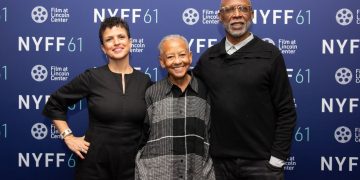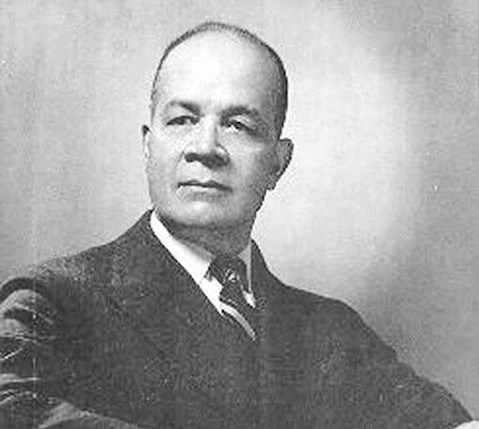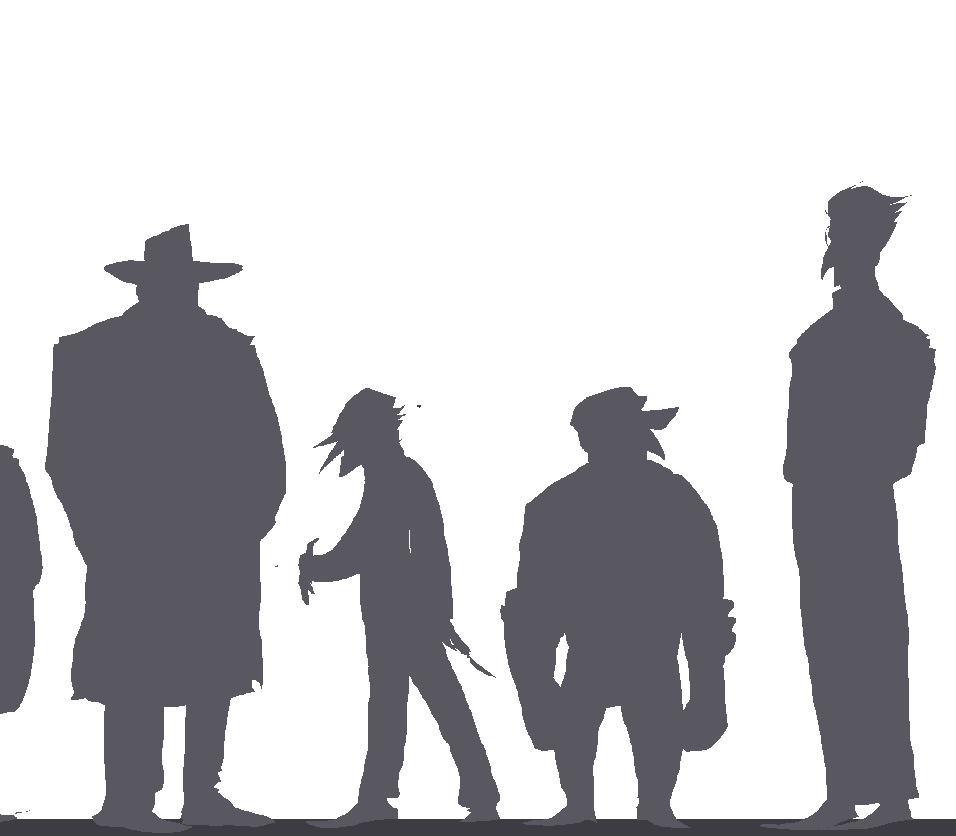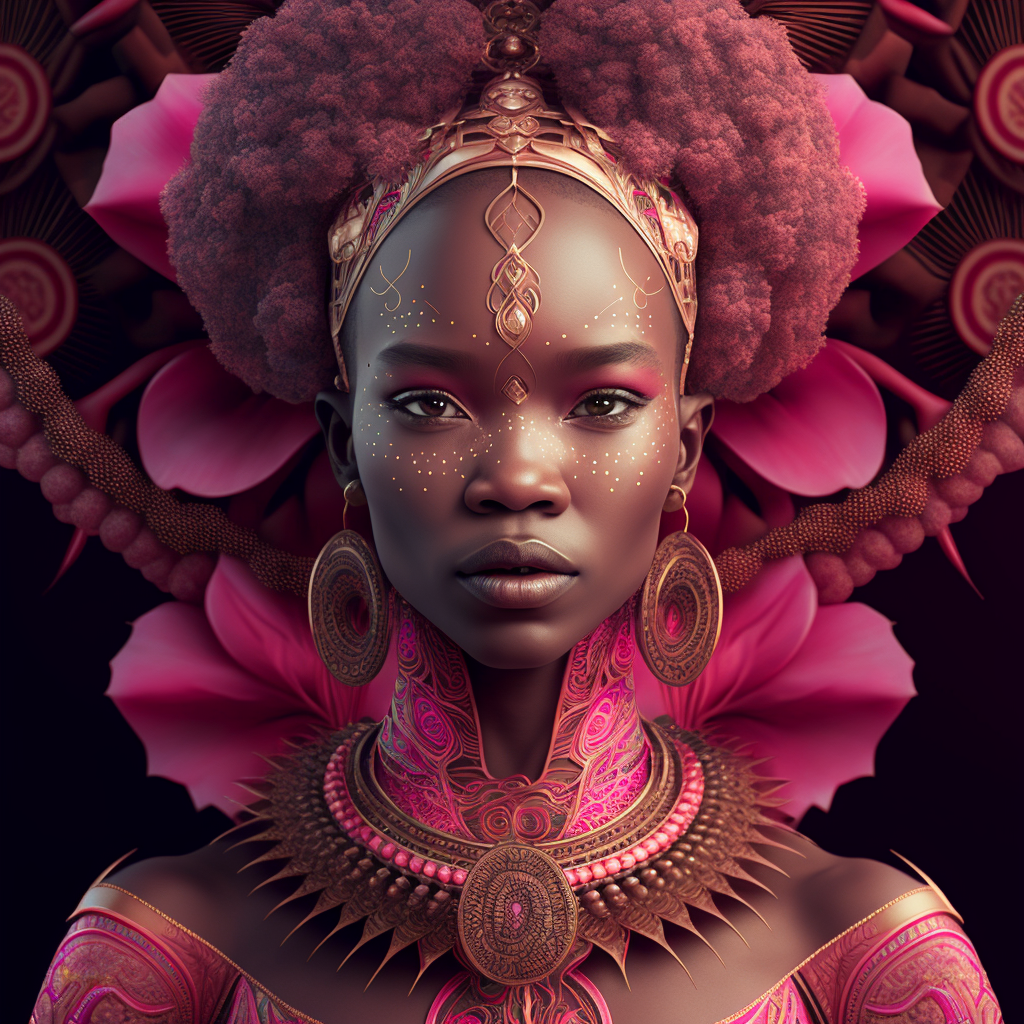Joel Augustus Rogers: Father of Black History
by
Marc Albritton
W.E.B. DuBois was born in Massachusetts in 1868. In 1895, he was the first Black person to earn a PhD from Harvard and the first Black person to publish a sociological study on Black people. He was one of the founders of the NAACP and publicly debated with Marcus Garvey. He would later subscribe to Garveyism, and later relocated to Ghana where a statue rests in his honor. Carter G. Woodson was the second Black person to graduate Harvard with a PhD. He was born in 1875. He founded the “Journal of Negro History” in 1916, and In 1926 he began Negro History Week which would later become Black History Month. Marcus Mosiah Garvey was born in Jamaica and immigrated to America in 1916 and found the largest most successful movement of Black people in world history. However, these giants in Black History bestow praises upon Joel Augustus Rogers as being the most prolific and thorough historian, par excellence.
W.E.B. DuBois said that Rogers was a: “writer who has done his work under great difficulty without funds and at much personal sacrifice. But no man living has revealed so many important facts about the Negro race as has Rogers.” Carter G. Woodson would reveal: “The public is deeply indebted to J.A. Rogers for the sacrifices which he has made in unearthing the facts of race admixture in this country and abroad. He has visited practically all parts of the civilized world where he has gone as a newspaper correspondent, and from time to time he has delved into the past and brought out things that are startling.” DuBois and Woodson were great organizers, scholars and tireless activists, but, no one person accrued a greater depth or wider range of personally researched catalogue of worldwide Black history than Rogers – at a time when no other would dare pursue such a perilous undertaking.
J.A. Rogers was born in Negril, Jamaica in 1880. He immigrated to America in 1906. Unable to attend university in Jamaica, and not being in possession of the requisite High School requirements for American Universities, what he would never possessed in letters he would make up in self motivation, and sheer will power. Mastering, French, Spanish, German, and Portuguese, he was a historian, novelist, photo anthropologist, researcher and one of the only journalist allowed to interview Garvey on three occasions. Rogers would later reflect: “ For 300 years, the Negro in America has been told he is a nobody. Results: a large majority has, even without knowing it, an inferiority complex, which can be overcome only by knowing the other side of the story.For myself … I never had an inferiority complex. … I read the world’s best literature,… But in all my readings, I ran across nothing about great black men. Instead, I was told as a child that black people were cursed by God in the Bible,…Later, I read Thomas Dixon’s ‘The Clansman,’ in which he said, that‘one drop of Negro blood dulls the intellect,’ and makes one hopelessly inferior. Of course that included me. I had more than one drop—and know it as a colossal lie. But I knew of no great Negroes. So I began my researches”.
He began in 1917, with his first phenomenal work entitled; “From Superman to Man.” Rogers single handed confronted white supremacy on three fronts simultaneously, attacking history, genealogy, and genetics, even before DNA testing was discovered. Three of his most prolific writings were a trilogy of historical and genetic brilliance entitled “Sex and Race” Volumes I, II, and III where he dissects the myth of race and racial purity. When Rogers returned to Harlem to join Garvey in 1921 a popular American news paper recorded: “J.A. Rogers, international correspondent of the Negro press and research student in African and European history of Negroes, returned to the United States last Saturday…after spending four years in the best libraries of Europe. … He brought back 100 biographies of great Negroes, such as kings, statesmen, generals, philosophers, scientists, poets, etc.; 150 photos of these notables of history; 24 photos of Negro kings of Egypt which he secured from museums in Cairo, and several prints of gods and goddesses of Egypt showing that they were unmistakably Negroes.”
Other noted works in Rogers catalogue are: As Nature Leads ,Nature Knows no Color Line,World’s Great Men of Color I and II,Africa’s Gift to America, and 100 Amazing Facts About the Negro.In a article praising the greatness of Dr. Carter G. Woodson Harvard professor Dr. Henry Louis Gates felt compelled to begin by advising his readers; “For those who are wondering about the retro title of this black-history series, please take a moment to learn about historian Joel A. Rogers.”




























